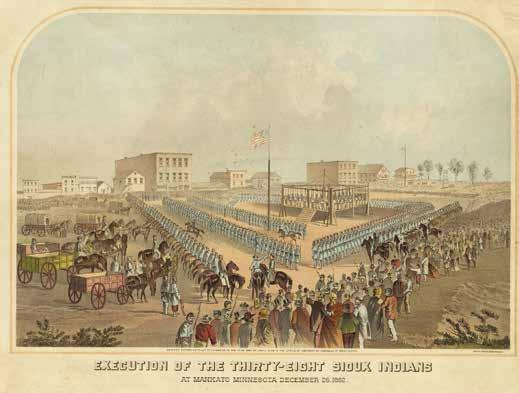[2012 chautauqua]
The History of Chautauqua The name is shrouded in mystery with at least three different translations from the native tribes who used to live upon its shores. One possible meaning is “Bag-Tied-In-The-Middle,” which supposedly references the shape of the lake. A second possible meaning is “Place-Where-FishAre-Taken,” and yet a third translation has it as “Place-Of Easy-Death.” In 1872, Methodist minister John Vincent had it in mind to offer instruction to Sunday school teachers outside along the scenic lake. In a few short years, the instruction style became so popular that in 1874, Vincent and an associate of his established the Chautauqua Institution. As a religious movement, Chautauqua spread across the country as a religious revival that was frequently hosted in large tents. Key components of Chautauqua were Christian instruction, preaching, worship, and band music. Gradually, lectures about other subjects appeared in the tent, such as politics, comedy or performance arts, philosophy, culture, and history. The popularity of the movement was undeniable. President Theodore Roosevelt even said it was “the most American thing in America.” But in 1940, the movement stalled. Americans were concerned about the war in Europe and worried about being drawn into the conflict, and Americans had just started to recover from the greatest economic disaster in U.S. history. Though the movement ended, the Chautauqua Institution in New York is still operating. THE CONTEMPORARY CHAUTAUQUA MOVEMENT In the 1970s, Everett Albers, NDHC executive director, boldly reimagined and relaunched the modern Chautauqua movement as a series of scholars offering first-person interpretations of historical figures; that is, scholars dressed to look and sound like their subjects, scholars who so meticulously research their subject that he or she could answer contemporary questions based on what his or her subject believed, wrote, and practiced.
26
Dickinson State University, where Albers taught, offers this summary of Albers’ work in the humanities: Everett C. Albers, born in the heart of North Dakota in Oliver County and a 1966 graduate of DSU, served the North Dakota Humanities Council as its first executive director from its beginning in 1973 until his too-early death in April of 2004. While a humanities professor from 1969-73, he created an integrated core humanities program. Among his other achievements, Albers created the contemporary humanities tent Chautauqua movement, founded the Great Plains Chautauqua Society, and authored several books and publications about North Dakota. Albers was a pioneer in arranging dialogs between academic humanities scholars and the general public, and was deeply committed to the idea that the humanities belong to all the people of North Dakota and the nation. The North Dakota Chautauqua was renamed the Everett Albers Chautauqua after Albers’ passing, in memory of his work in the humanities.







